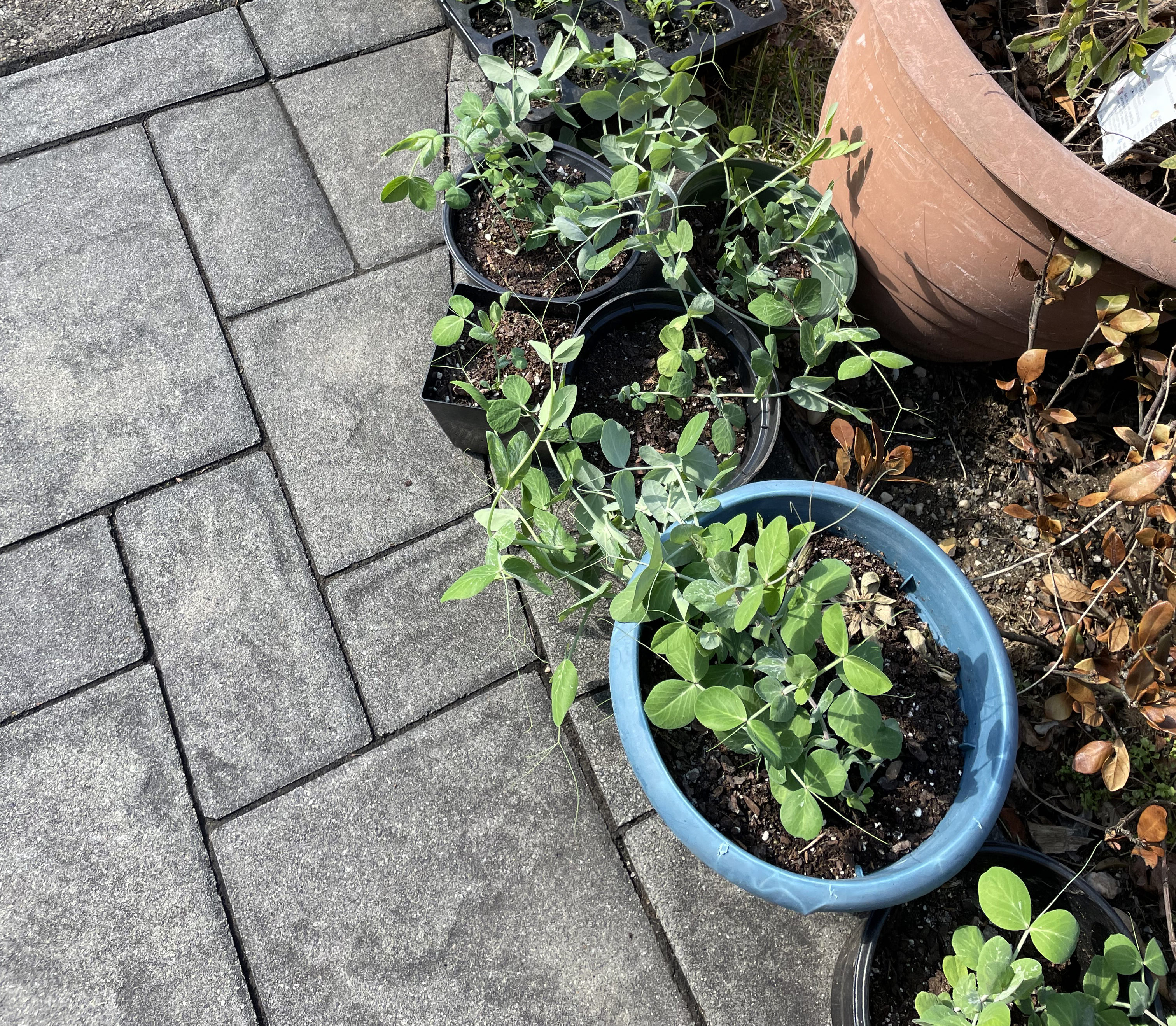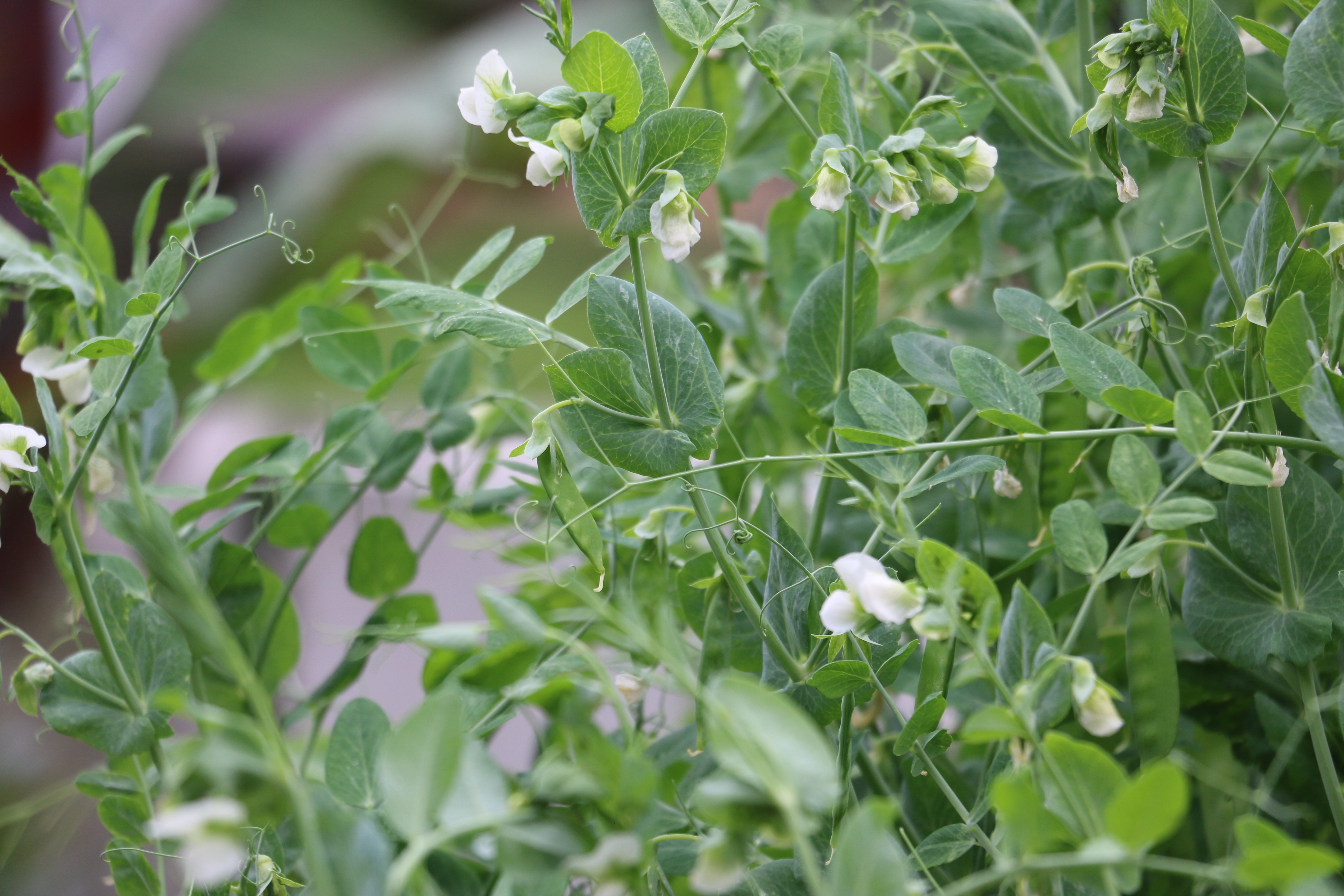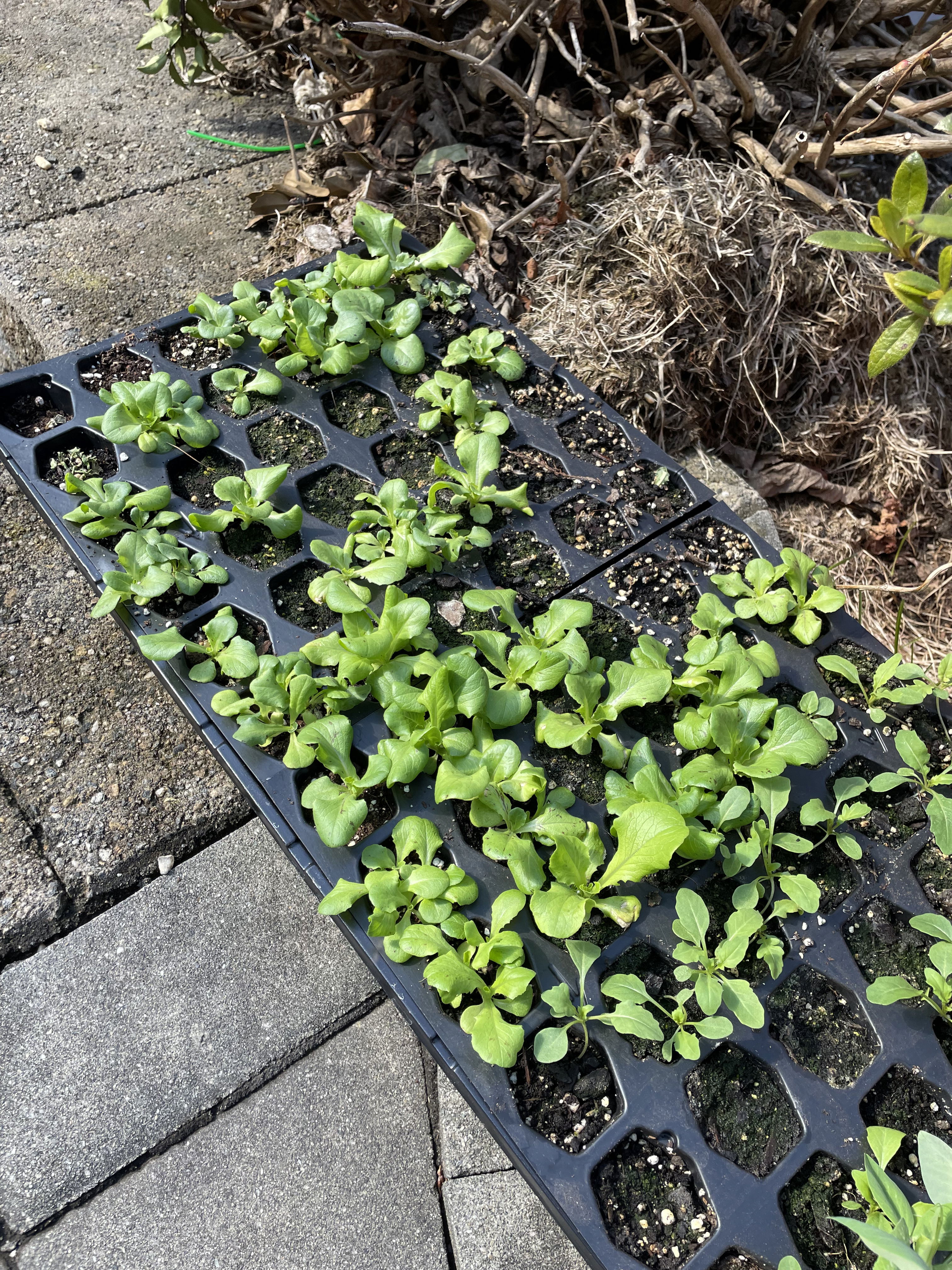More Stories
Spring is here
which means temperatures are warming up and daylight hours are getting longer
faster than any other time of the year. It's tough for gardeners to sit on
their hands and patiently wait until late April or early May.
Fortunately,
there are a few tasty plants that will survive a few spring frosts and grow
their best before the summer heat arrives.
Peas
Snow Peas love the
cold. It's no surprise - snow is in the name! These plants are easy to grow
from seed because the seeds are quite large. Drop the seeds in a glass of water
for 24 hours and when the outer coating starts to open up, they are ready to be
planted in a pot. It's best to grow snow peas indoors at first if nighttime
temperatures regularly drop below freezing. Under ideal conditions, plants will
flower about 4 to 6 weeks after the seeds are sown. These plants do their
best when afternoon temperatures are between 50 and 70 degrees. Make sure to
provide a trellis for these vines. They grow just as well in planters as they
do in the ground.
 Snow peas (Credit: Alex Calamia)
Snow peas (Credit: Alex Calamia)
Snow Peas are also
known as Sugar Snap Peas, which is another appropriate name because their pods
are sweet and tasty raw off the vine, or cooked up in a stir fry. The pods
should be picked when young for the best flavor and texture. Toward the end of
spring, leave a few pods on the vines to dry, and then collect the seeds. These
plants can be grown again in late summer for a fall crop, or the seeds can be
stored in a dry and cool spot indoors until next summer.
 Snow peas flowers (Credit: Alex Calamia)
Snow peas flowers (Credit: Alex Calamia)
Leafy greens
Lettuce is another really
hardy plant. These sprout easily from seed, but the seeds are very tiny. It's
best to start these in pots so the seeds don't get lost among leaf litter.
Arugula grows very similarly to lettuce. Leafy greens may wilt during a hard
freeze so a frost cover is a great investment for an occasionally bitter cold
spring mornings.
Lettuce can be picked leaf-by-leaf to preserve the plant, or cut the stem for
one big harvest. Planting new seeds every 3 weeks will ensure a constant crop
of lettuce! When lettuce plants start to get tall, a bloom is on the way. When
that happens, the leaves get very bitter, so it's better to pick lettuce when
it's young. Lettuce will bloom before it reaches it's full potential during
warmer weather. Fortunately, there are some summer lettuce varieties that can
handle more heat, but lettuce isn't reliable during unusually hot summers.
 5-week old lettuce (Credit: Alex Calamia)
5-week old lettuce (Credit: Alex Calamia)
Brassicas
Did you know that
cauliflower, broccoli, kale, cabbage, and even brussels sprouts are all
different forms of the same plant? The botanical name is Brassica
oleracea. Today's variety of Brassica oleracea is the result of hundreds of
years of careful breeding. Brassicas are short lived plants that prefer cooler
weather.
Broccoli and Cauliflower will not form properly shaped heads in summer
heat, so those do their best when seedlings are planted in late March or
sometime in April. Kale will usually survive through the summer, but is less
productive during the summer months, and may die to the ground and re-sprout in
the autumn.
More from News 12
1:34

Bronx families keep up Christmas traditions at Conti’s Pastry Shop
3:53

Pass the cheese! Charcuterie board hosting tips for the holidays
2:13

Serendipity 3 serves holiday magic and frozen hot chocolate to Times Square
2:20

Expert tips for making the perfect sushi roll
0:26

Turkey and stuffing Oreo? New holiday flavors hit the market.
1:37
